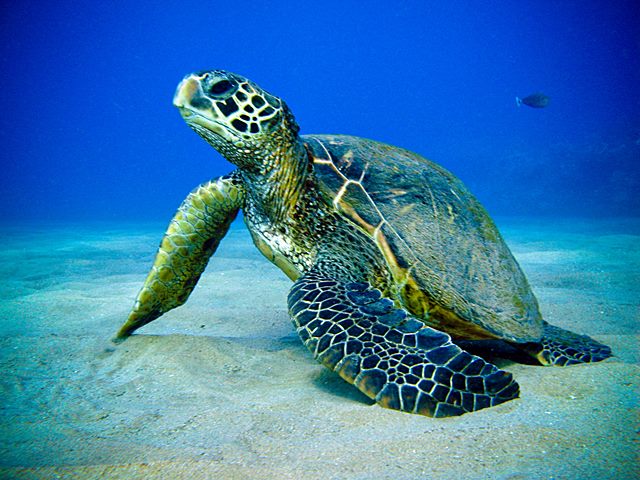


Summer weather is hot and humid, but it is the perfect time of year to be by the Beach doing water type sports. These three months is when we do get our highest rainfall for the year. Summer afternoon storms are a Queensland tradition, sitting on the beach watching awesome lightning cracking over the sky. Our days on the island are spent active in the mornings and late afternoon, during the middle of the day we relax by the surf taking regular dips or in one of the fresh water lagoons.
In the summer time we receive our annual migration of 50000 wading birds from the arctic circle. They come to Moreton Bay to nest, hatch their young and build up their energy stocks to fly back to the Arctic Circle. Last year scientists clocked an Eastern Curlew, which had flown 22000 miles from one summer to the next. Summer time also sees the Green and Loggerhead turtles laying their eggs above the high water mark on the coastal sand dunes. Turtles come up out of the water at night and lay between 100 and 120 eggs in a nest. The gestation cycle is approximately 8 weeks and usually corresponds with a high tide and a full moon. From the top of Cape Moreton we also see massive Manta Rays cruising past the headland.

Temperatures are starting to cool down now from our summer highs. The last of our turtle nests are hatching, with the hatchlings swimming out to the deep ocean. Young turtles stay out in the deep ocean currents until they reach maturity. Scientists are still not quite sure why juvenile turtles are not found close to land.
Winter is our dry season. Last year we had just three days of rain between June and September, this year we had seven. Our day time temperatures are between 20-24deg and nights range between 7-10deg. For the cold frogs, we have big night time fires to sit around. Our sea temperature has a minimum of 19deg, but don't worry, we provide wetsuits for our snorkelling trips!
Winter signals the start of the annual migration of the awesome Humpback Whales. These giants visit us from June through to October. They travel from the southern waters to mate and birth their young in our warmer northern waters. Generally the best spot to see Humpback whales is from the top of Cape Moreton. We have also seen them about five times in the last two seasons just 50m from our campsite. We have also had them scratching their backs on the bow of SOLO.
This is also our best fishing months. With the whale migration many other southern fish species travel north for the winter.
Temperatures are starting to warm up. This is nearly the perfect time of year dry, sunny, warm days.
Spring time is great for wild flowers. Much of the vegetation brakes into flower in the springtime, ranging from the great showers of gold from the coastal wattle to the tall spears from our three hundred year old grass trees.
Hibernation time is over and our reptiles are starting to come out of hiding looking for warmth and food. This is the best time of year to see these guys, as they are the most active that they are all year.